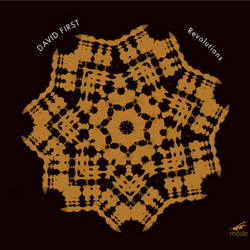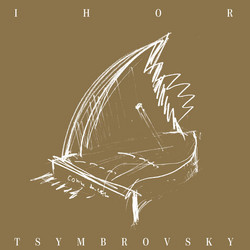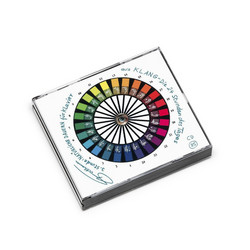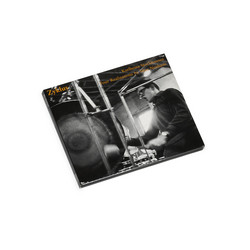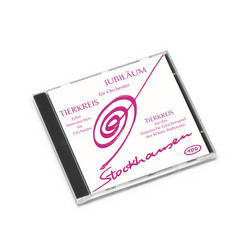Karlheinz Stockhausen
Mikrophonie I / Mikrophonie II / Telemusik
Packaged in a thick 2CD jewel case with 128-page booklet in English. Karlheinz Stockhausen –“Mikrophonie I” (1964) for tam-tam, 2 microphones, 2 filters with potentiometers (6 players) / “Mikrophonie II” (1965) for choir, Hammond organ, 4 ring modulators / “Telemusik” (1966) (electronic music). Together with Stockhausen's immediately preceding work Mixtur, for five orchestra groups, four sine-wave generators, four ring modulators, they form a tryptych of live-electronic works, where electronic transformations are accomplished during the performance (as opposed to studio-produced electronic music on tape). "When Stockhausen leaned close to the surface of the vibrating tam-tam he discovered strange sounds that could only be heard really close up. This began to stir the composer’s curiosity, and he brought in a technician – Jaap Spek - with bandpass filters and potentiometers. The filters were to be used to cut off sound at either end of the frequency bandwidth, and the potentiometers controlled the volume of sound from the microphones. The band filter also allowed for bands of frequencies between any settings of the two faders. The sounds were passed on to an amplifier and a tape recorder inside the living room.
When the set-up was arranged Stockhausen went on a random hunt for objects to excite the tam-tam, and showed up at the instrument with a basket of kitchen paraphernalia. From there on it was “just” the compositional process left. At this first trial Stockhausen moved the microphone back and forth along the tam-tam, and close by and further away from it, as he was scratching or hitting it with the different objects, while the technician inside the house independently of this was working his bandpass filters and adjusting the volume with the potentiometer. The twenty-minute result startled the two participants when they played it back. They heard sounds they had never heard before. Something new was born! Now it was the plight of Stockhausen’s to give this discovery a proper setting, through a set of compositional rules, and he went about this with his usual pinpoint accuracy and workaholic attitude, fueled by the sheer excitement of the discovery and its inherent possibilities, once again broadening and deepening the realm of art music, assuring each and every one of us that there was still a lot to do, and that the adventure continued – as it does to this day! Stockhausen laid down a foundation for a composition for three players. One was to excite the tam-tam, one was to handle the microphone and the third party was to handle the potentiometers and the filters. The way the score turned out, all three participants play; even the microphonist play the microphone, as he moves it in a prescribed pattern by the tam-tam, and even the person with the bandpass filters and the potentiometers plays his gadgets according to the score – and the result is to be relayed through loud-speakers in the concert situation.
The “Mikrophonie I” score actually calls for six players; two excite the tam-tam, two play the microphones, scanning the tam-tam, and two play the filter-potentiometer set-up. The score is naturally detailed. The microphone movements are determined as to the distance from the microphone to the tam-tam (dynamic level & timbre), the relative distance of the microphone from the point of excitation (pitch, timbre, spatial impression), and the rhythm of the movements of the microphone! The two players of the filter-potentiometer set-up each affect and mould a number of sound characteristics (timbre, pitch, dynamic level, spatial effect & rhythm). The score presents 33 independent musical structures. As in other works by Stockhausen some leeway is allowed the musicians, who are to determine the combination of these structures, forming a version for a performance, in this following a connection scheme, which describes the connections between the structures. The two groups – each harboring a tam-tam player, a microphonist and a filter-potentiometer player – play one of the structures, and at a certain point they sign the other of the two groups to begin the next structure, and so on, according to a temporal prescription." (Excerpt from Ingvar Nordin / Sonoloco extensive review)


